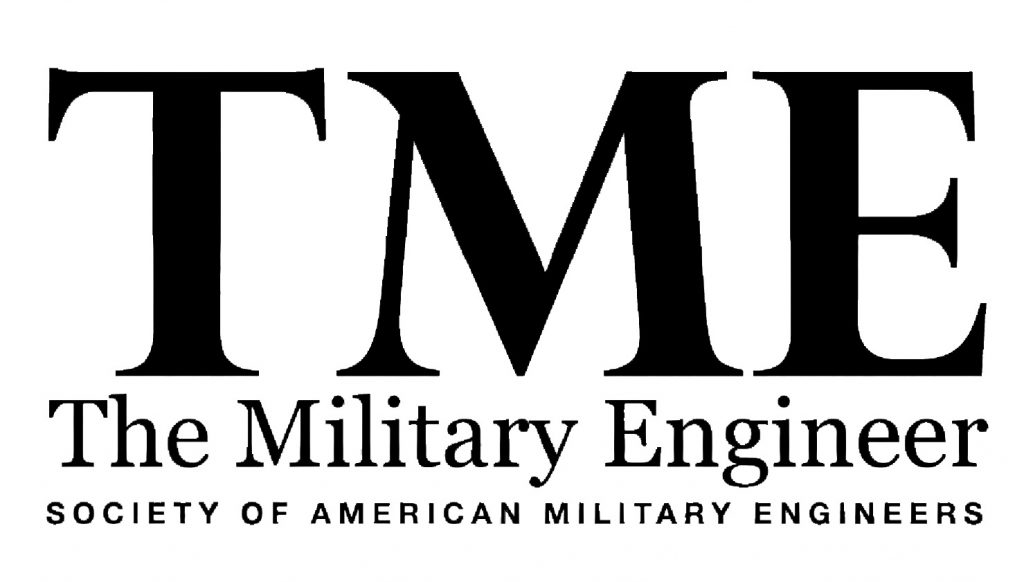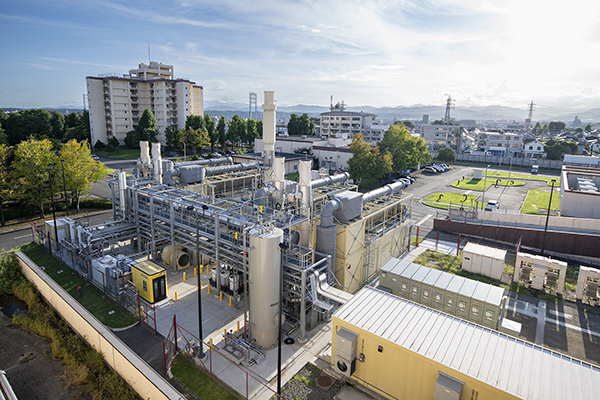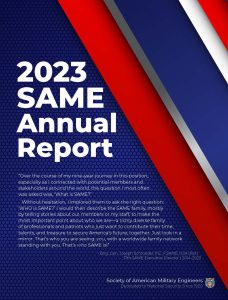
About The Military Engineer
The Military Engineer (TME)—since 1909 under its original masthead Professional Memoirs, and since January 1920 in its current form as the official journal of SAME—has been the leading voice championing the contributions, the achievements, and the legacy of military engineers and those aligned with ensuring the national security of the United States.
TME is a bi-monthly publication. Each issue of TME magazine includes technical articles authored by subject matter experts throughout military, government, industry, and academia; stories and features from across SAME; and news related to engineering, energy, resilience, technology, and other subjects aligned with national security.
Current Issue
-
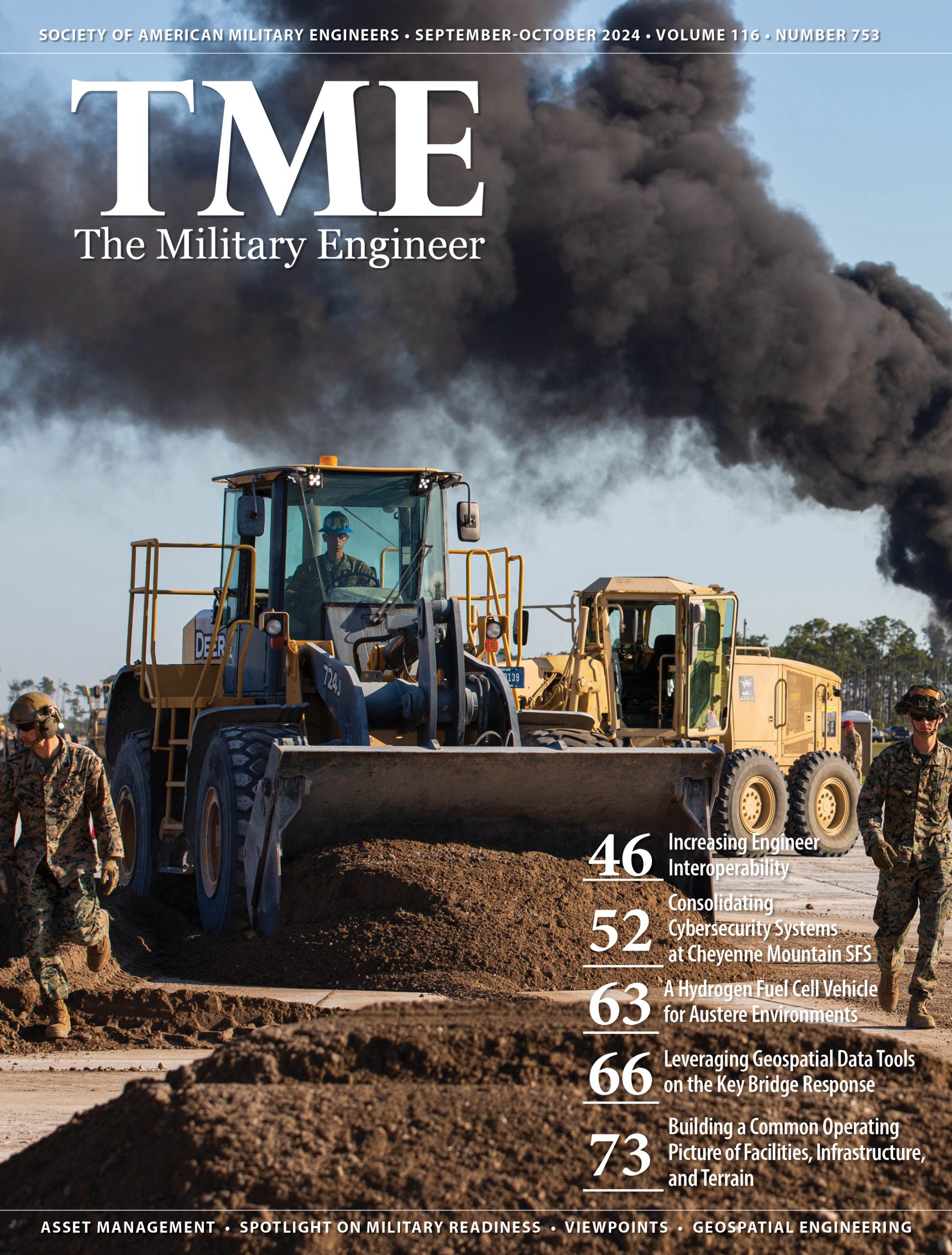 TME September-October 2024The September-October 2024 issue of TME features articles on asset management and geospatial engineering, a spotlight on military readiness, and a preview of the Federal Small Business Conference.
TME September-October 2024The September-October 2024 issue of TME features articles on asset management and geospatial engineering, a spotlight on military readiness, and a preview of the Federal Small Business Conference.
Recent TME Issues

Recent TME Articles
-

Extracting and Purifying Rare Earth Elements from Waste
A project underway to develop proteins capable of extracting rare earth elements used in critical defense systems from manufacturing and post-consumer waste aims to secure this vulnerable supply chain and increase national resilience. -

Composting Bioplastic Waste in Expeditionary Environments
A research team at the U.S. Army Engineer Research & Development Center’s Construction Engineering Research Laboratory studied the compostability of bioplastics under expeditionary conditions in order to help reduce plastic waste and support policy targets for source reduction and diversion. -
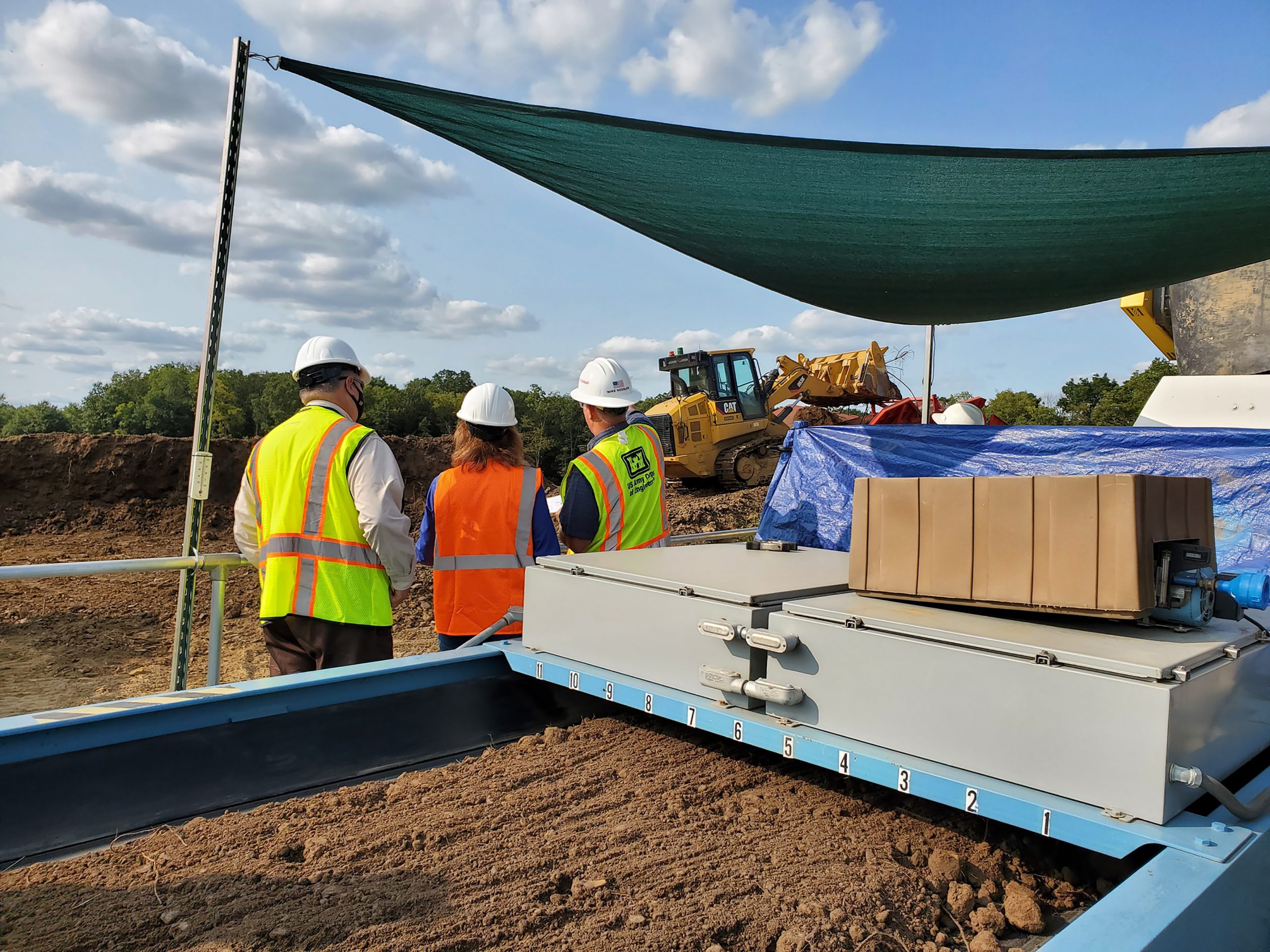
Reducing Waste Through Soil Sorting
Soil sorting systems capable of screening the debris generated at remediation projects for the presence of contaminants can greatly reduce the volume needed for off-site transport and disposal. -

Leveraging Geophysical Technology for Military Munitions Remediation
At a densely forested and protected area within the Camp Croft Formerly Used Defense Site, advanced geophysical classification is being used to implement a large-scale, complex military munitions remedial action. -
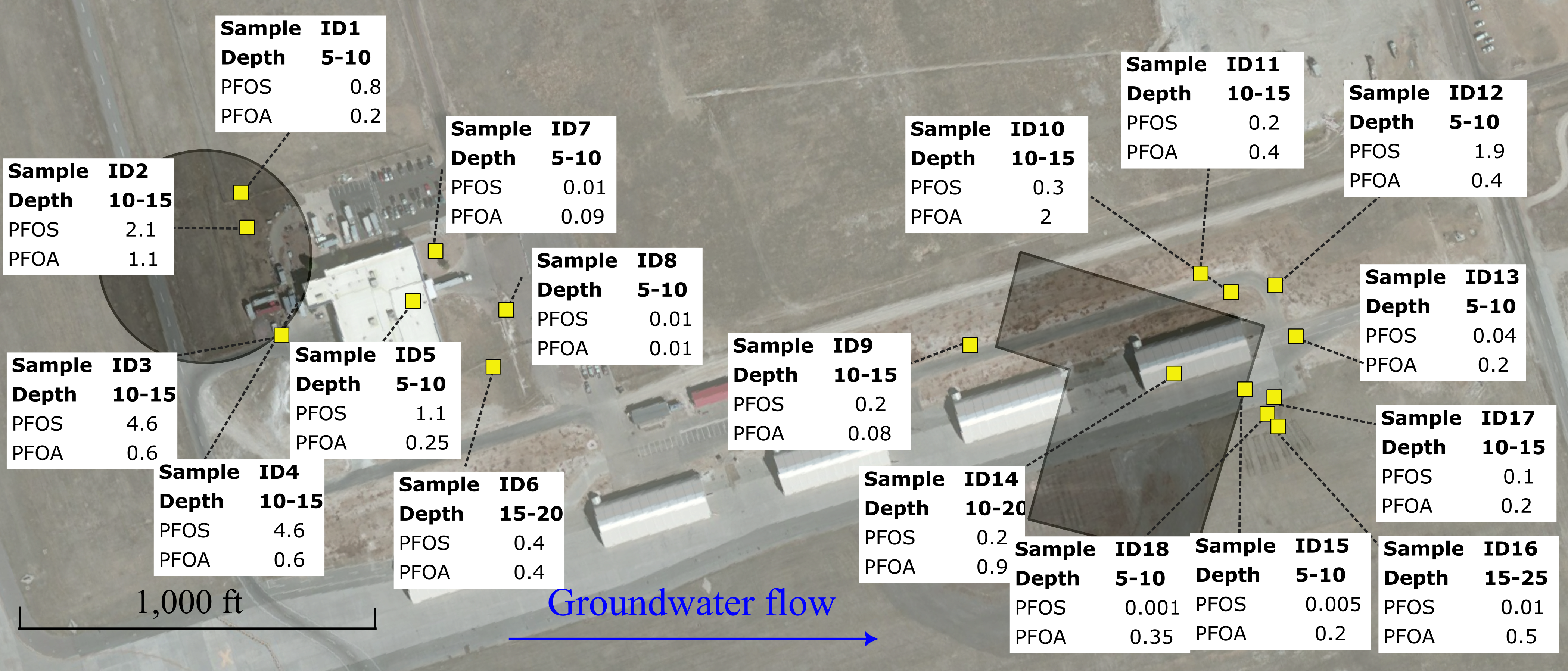
Rethinking How PFAS Data is Presented
Utilizing knowledge-dense figures for sites impacted by per- and polyfluoroalkyl substances allows for a more comprehensive assessment, improves understanding of sources and distribution, and better informs cleanup decisions. -
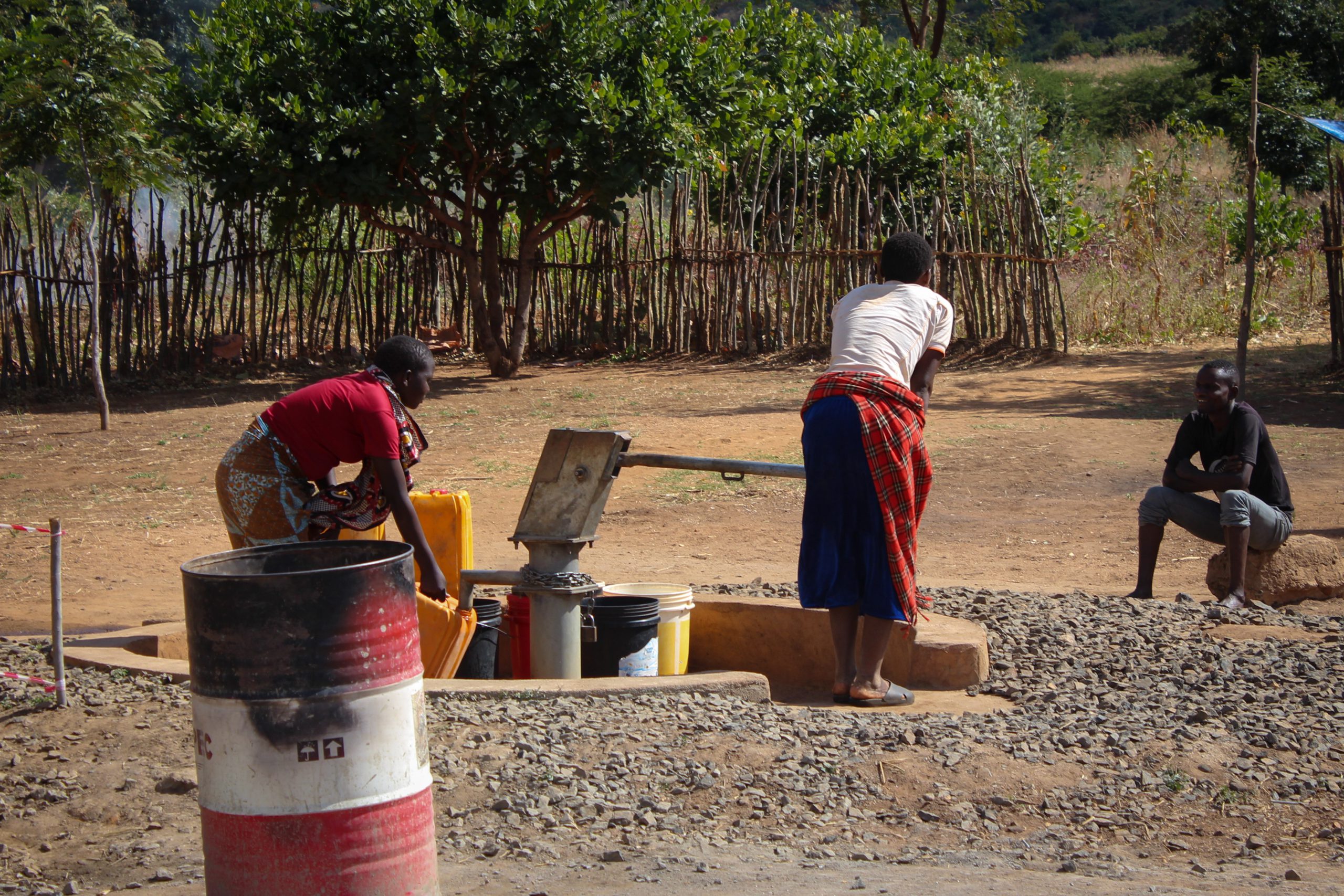
Advancing Public Health Through Access to Clean Water
Utilizing skills learned as a member of U.S. Public Health Service, an engineer traveled as part of Engineers Without Borders to the Dodoma region of Tanzania and helped carry out a project that will provide safe drinking water for the rural village of Chamhawi.
Looking for older content? Visit the TME Archives, or contact editor@same.org.


